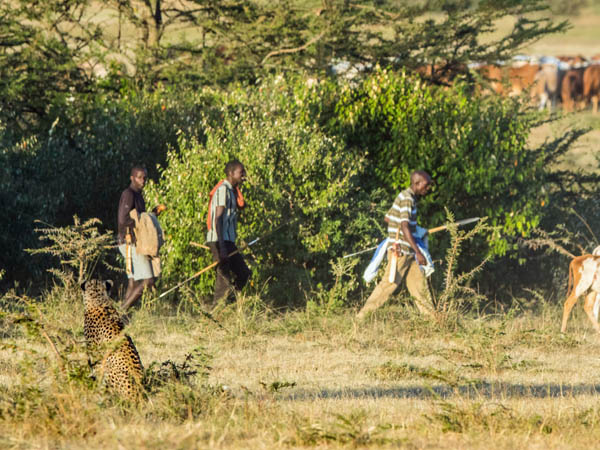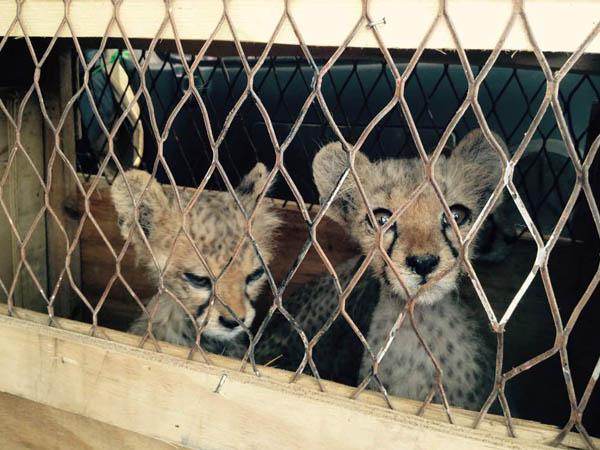Providing hope for wild cheetah populations
The cheetah, an icon of the African landscape, recognised and celebrated as the world’s fastest land mammal, is Africa’s most endangered big cat.
Over the past 50 years, cheetahs have become extinct in at least 13 African countries. Across Africa, their numbers have plummeted from 100,000 at the turn of the 20th century, to just 7,100 today (a loss of 93%). Their homeland, for which they rely on for food, shelter, and breeding, has reduced by 91% of its historic range.
Since 1990, the Cheetah Conservation Fund (CCF) has been dedicated to saving cheetahs in the wild. Our vision is to see a world in which cheetahs live and flourish in coexistence with people within a sustainable system that is protective of the environment, socially responsible, and economically viable.
As with all other species fighting extinction, the problem facing the cheetah is complex and multifaceted. Human-wildlife conflict, habitat loss and the illegal wildlife trade are pushing wild cheetahs to the brink of extinction. Find out more about our vital work to combat these threats and give hope to wild cheetahs.

Human-wildlife conflict
One of the greatest threats to the cheetah in the wild is human-wildlife conflict. Over 90 percent of cheetahs live outside protected management areas, meaning that they live alongside human communities. Most of these are commercial and communal farming communities are raising cows, sheep, and goats.
Find out more about our work to combat human wildlife conflict

Illegal wildlife trade
The illegal trade in cheetahs is driven by demand for exotic pets in the Middle East as well as by extreme poverty in source countries and as a result of human-wildlife conflict. Cheetahs are very difficult to breed in captivity, therefore cubs are taken from the wild to satisfy demand, threatening the survival of the species in the wild.
Find out more about our work to combat the illegal wildlife trade

Habitat loss
Cheetahs have lost roughly 91% of their historical range, and the remaining populations exist within fragmented pockets. The result of human population growth, bush encroachment and increased land usage for farming means that the available land for cheetahs is continuously declining.
Find out more about our work to combat habitat loss

Rescue & Care
Our Cheetah Rescue and Conservation Centre (CRCC) in Somaliland houses over 90 cheetahs and one leopard. Most of these cheetahs arrived dehydrated, malnourished and traumatised suffered from their initial capture and from nutritional deficiencies and improper care in the hands of their captors. The majority will require long term veterinary care and cannot be released back into the wild. The CCRC comprises vast outdoor camps providing the most natural environment for the animals.